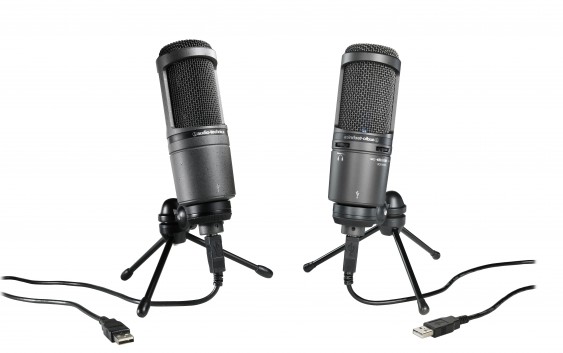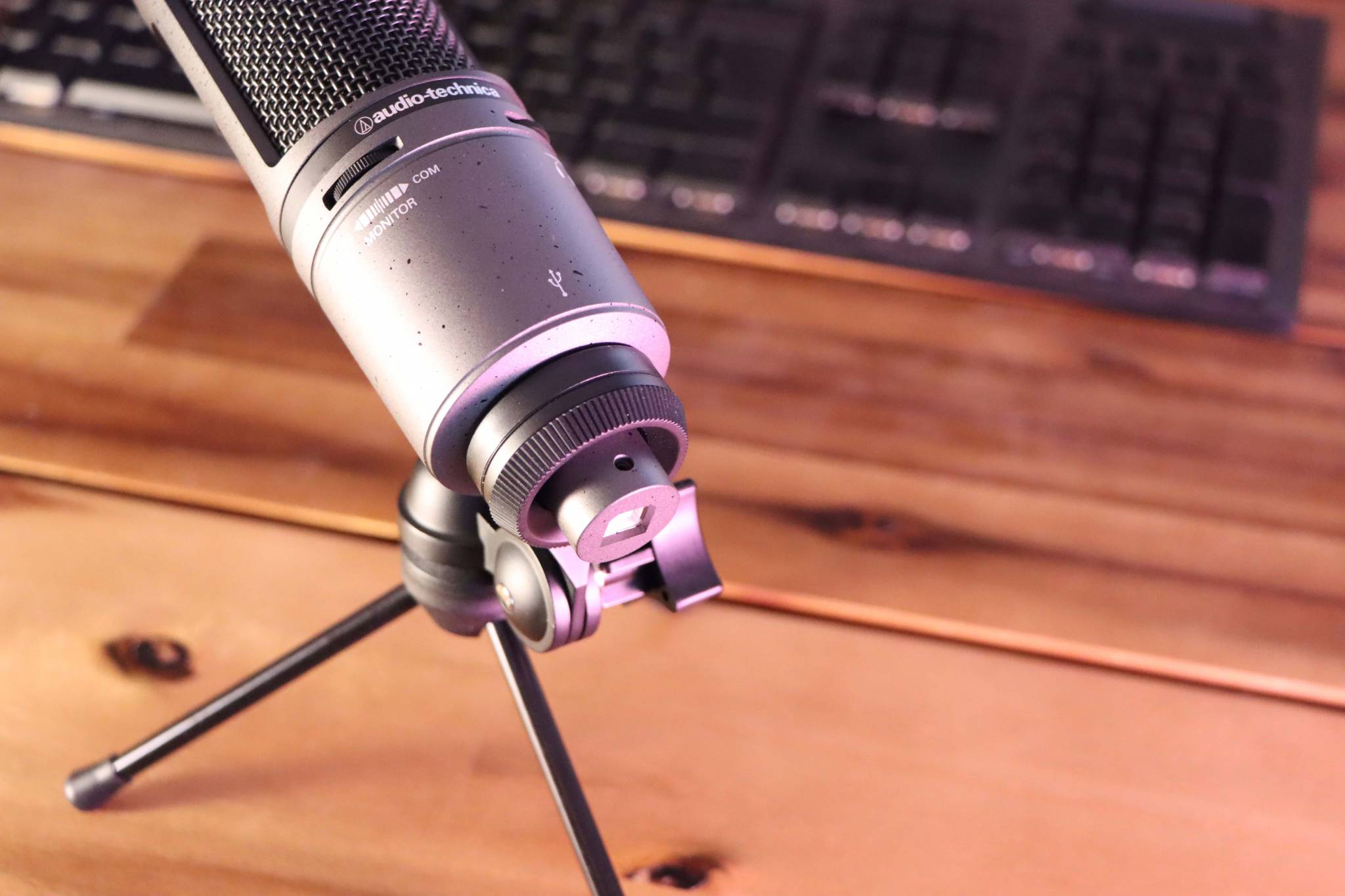

It only has one polar pattern, and that’s the standard cardioid one. There are no additional controls or switches on it.

After that, it drops sharply towards the 20 kHz mark. The frequency response is relatively flat, although it has a noticeable peak in the high end, somewhere from 5 kHz to 15 kHz. But the AT2020 is also great for vocal or instrument recording. Yes, it is also a condenser and a USB microphone that’s mostly focused on speech and broadcasts. Not that good for recording vocals or instrumentsĪudio-Technica’s AT2020 is a bit of a different deal.Great for spoken parts and live broadcasts.It’s not something you’d see in a music studio, but rather something for independent content creators.
#AUDIO TECHNICA AT2020 USB NOT WORKING PLUS#
It has four different polar patterns, plus an integrated headphone amplifier.Īll of this makes it great for podcasts, live streaming, and recordings of spoken parts. The mids see a substantial dip with any of the polar pattern settings.Īnd that brings us to the next great feature. Although it covers the entire audible spectrum with its frequency range of 20 Hz to 20 kHz, the Blue Yeti has a bit of a “scooped” frequency response. The distribution of frequencies makes its use kind of narrow. It also does analog to digital conversion on its own. That means it works solely with computers and cannot be used as a conventional mic. What sets the Blue Yeti apart is obviously that it’s a USB microphone. It’s so well built that you don’t need to worry about potentially damaging it. This is justified since it has a three-capsule construction and is extremely reliable. The first thing you’ll notice is that it’s a fairly weighty mic: somewhere around 4.4 pounds. It’s no wonder you see so many YouTubers using this mic. It has all the needed functions as well as a great sound for regular speech and for singing. But for the longest time, it was nearly impossible to find a simple, yet quality microphone for podcasts.

There are plenty of condenser mics out there for all sorts of uses. Let’s begin with a brief review of each mic and then compare and contrast them directly, before giving our recommendations for which mic is better for which type of user. We’ll make sense of it all and by the end, you will know which microphone you need. That’s where this review and comparison comes in. The AT2020, on the other hand, excels at recording music. If you want to record music, it falls a bit short. Each microphone has its strengths and weaknesses and which one is right for you depends very much on your needs.įor example, the Yeti is more versatile for podcasting. They are easily the two best options when it comes to overall value for money. If you want a mic for broadcasting or recording a podcast, both the Audio Technica AT2020 and the Blue Yeti deliver. You can’t go wrong with either of these USB microphones.


 0 kommentar(er)
0 kommentar(er)
